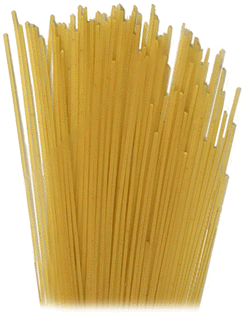A fellow blogger has graciously shared her recent post from In Place about wheat in Sicily.
14SundayAug 2011
Posted in Books and Authors, Sea Glass

Mary Taylor Simeti’s Pomp and Sustenance – Twenty-five Centuries of Sicilian Food mixes historical research, empirical observation, photographs of art, bits of literature, and recipes in a way that evokes the colors and smells and densities of life on the island of Sicily. This book and her others remind me somewhat of the work of Claudia Roden but they are more immediately readable as something other than cookbooks. Her writing also seems somehow tied to the work of the great historian of the Mediterranean, Fernand Braudel. She might be Braudel’s assistant, working on a detail of his grand tapestry. Her writing mix in this work and elsewhere always makes me want to leave immediately for the island.
To follow one thread: Wheat has been Sicily’s gold. Since ancient times, the island’s land has been able to produce in abundance a highly-valued, hard-grained durum winter wheat that is still the basis for the best pasta. Sicily was the granary of the Roman Empire. Simeti traces the role of wheat in Sicily’s history – how its cultivation led to the establishment of the vast estates called latifundia, which in turn became for centuries structures for repression and exploitation of the peasantry. She weaves into this stories from her husband’s family and from her own experiences during her decades of life on the island, including details of stoves, utensils, baking routines, costs, Interspersed are the recipes, including one for pane rimacinato, a bread that uses semolina, the finely ground flour made from the durum wheat. There’s a photograph of the bread – a round loaf with a hard crust.
The book was originally published by Knopf, with a paperback edition issued by Ecco Press. The most recent edition seems to have been in 1998. It’s available from used book dealers via Amazon.
No comments:
Post a Comment